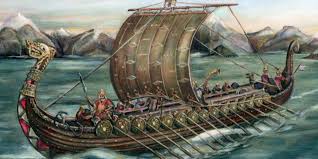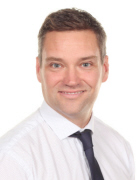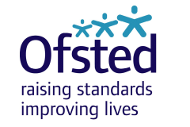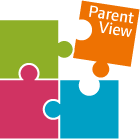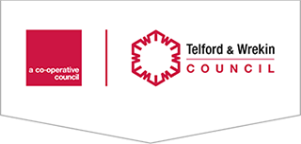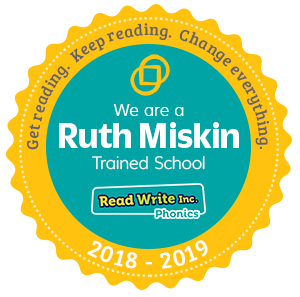Base 9 - The Sharks
Welcome to Base 9’s webpage.
Mr Hale would like to welcome you to our class home page. Here you will be able to find out about what we have been learning and planned future activities. You will be able to view homework activities for the week along with the spelling and times tables focus.
In Base 9 we view learning as a journey and along the way it might be tricky, but we are learning to view problems as a challenge to be conquered rather than an obstacle in our path.
We hope you visit our webpage regularly for updates on how we are growing as learners and to see some of the fun learning opportunities that we have been taking part in.
Value of the season
Our value of the Month for Autumn is Responsibility. We will be looking for ways we can show hope and why it's important to have hope and set goals. In class, we will be thinking about how we set goals and achieve them. We will also be looking at how to be responsible both in and out of school.
History
This term our topic started with the Anglo - Saxons before moving onto the Vikings.
Throughout this topic, the children will focus on answering the big question ' Where the Vikings are violent as history portrayed ? '. We will be learning about the following in our delve into the world of the Vikings
🛶 Who Were the Vikings?
The Vikings were people from Scandinavia — the countries we now call Norway, Sweden, and Denmark.
They lived from around AD 700 to 1100.
They are often remembered as fierce warriors and raiders, but they were also farmers, traders, and explorers.
⚔️ Viking Raids
-
The first recorded Viking raid on Britain was in AD 793, when they attacked a monastery at Lindisfarne in Northumbria.
-
Monasteries were rich and poorly defended, which made them easy targets.
-
Vikings raided for gold, silver, food, and slaves.
🏡 Viking Life
-
Farming: Most Vikings were farmers, growing crops like barley and rye, and keeping animals like cows, sheep, and pigs.
-
Homes: They lived in longhouses made of wood, stone, or turf, with a fire in the middle for cooking and warmth.
-
Clothing: Viking clothes were made of wool and linen. Both men and women wore tunics and cloaks.
🌍 Exploration and Settlement
-
Vikings didn’t just raid — they traded across Europe and even reached Asia.
-
They settled in parts of Britain, Ireland, Iceland, Greenland, and even North America (around AD 1000, led by Leif Erikson).
-
In Britain, they founded places like York (which they called Jorvik).
⚖️ The Danelaw
-
When Vikings settled in England, parts of the country came under their control — this area was called the Danelaw.
-
The rest of England was ruled by Anglo-Saxon kings, like Alfred the Great, who fought to defend his lands.
⚓ Viking Ships
-
Viking ships were called longships.
-
They were fast, could travel across the sea and up rivers, and were decorated with carvings (sometimes dragon heads!).
-
The design of these ships made the Vikings excellent explorers and raiders.
🪓 Viking Gods and Beliefs
The Vikings followed Norse mythology before converting to Christianity.
They believed in gods like:
-
Odin – the chief god, wise and powerful
-
Thor – god of thunder, with a mighty hammer
-
Freyja – goddess of love and beauty
-
Loki – the trickster god
They believed brave warriors who died in battle went to Valhalla.
🧬 The End of the Viking Age
The Viking Age ended around AD 1066, after the Battle of Stamford Bridge, when the Norwegian king Harald Hardrada was defeated by Harold Godwinson (the last Anglo-Saxon king of England).
Reading
Our love to read book in Autumn 2 is the Goodnight Mr Tom. The children have expressed their excitement to read this book. For our reading for pleasure at the end of the day we are going to be continuing with ' The tale of Truthwater lake' as we loved it so much during Autumn one and want to find out what happens at the end.
Science
In Science during Autumn one we have learnt all about the human body, focusing on the circulatory system. We have learnt how the heart and lungs work and the 4 main components of the blood. . In Autumn two, we will be building on our knowledge of classification to learn about the classification of materials.
We will be looking at how materials can be changed , firstly thinking about changes that are reversible and changes that are irreversible.
We will then move onto changes that are focused around dissolving and seperation.
Art
In art, this term we have been learning about typography and maps. We have experimented with our own designs for lettering, using objects like metal household objects and natural items such as sticks. We then used these to make a 3D map of mount Everest.

